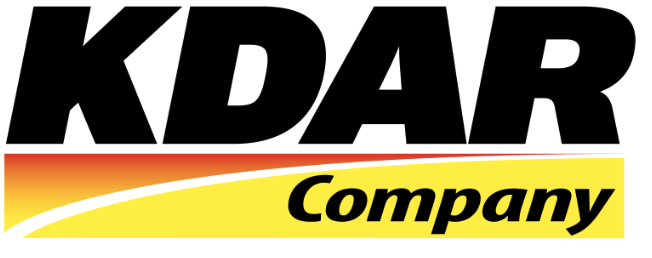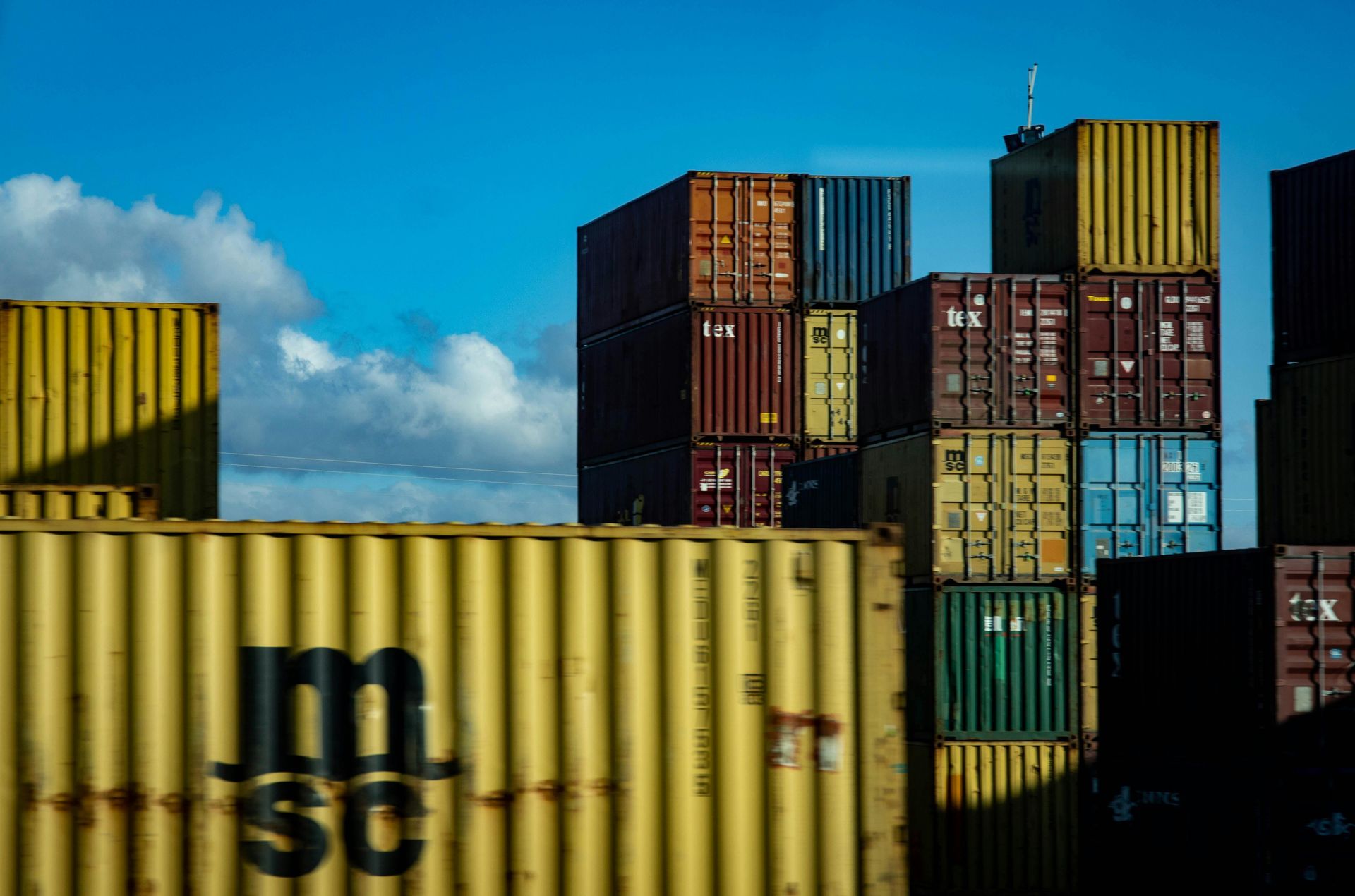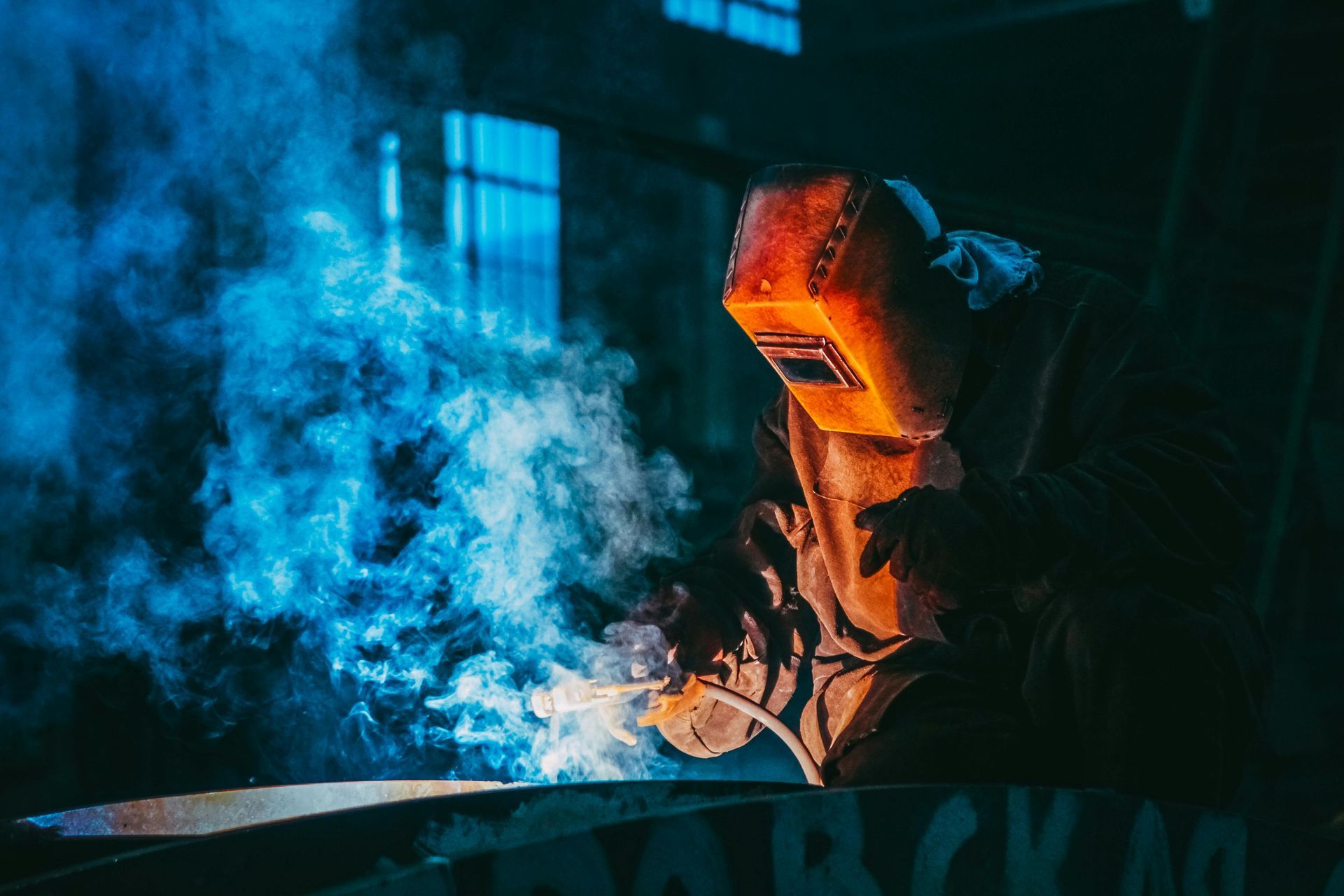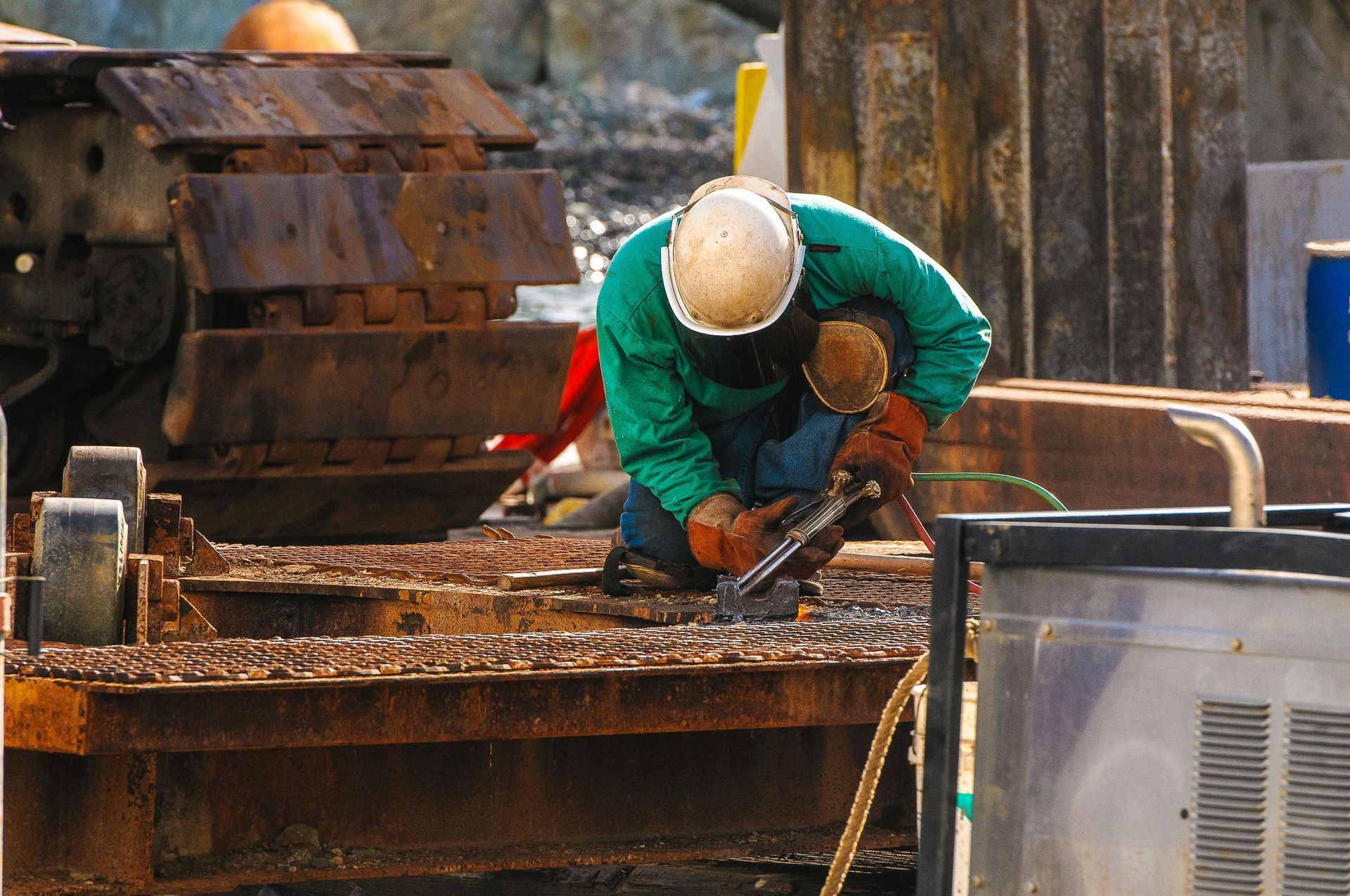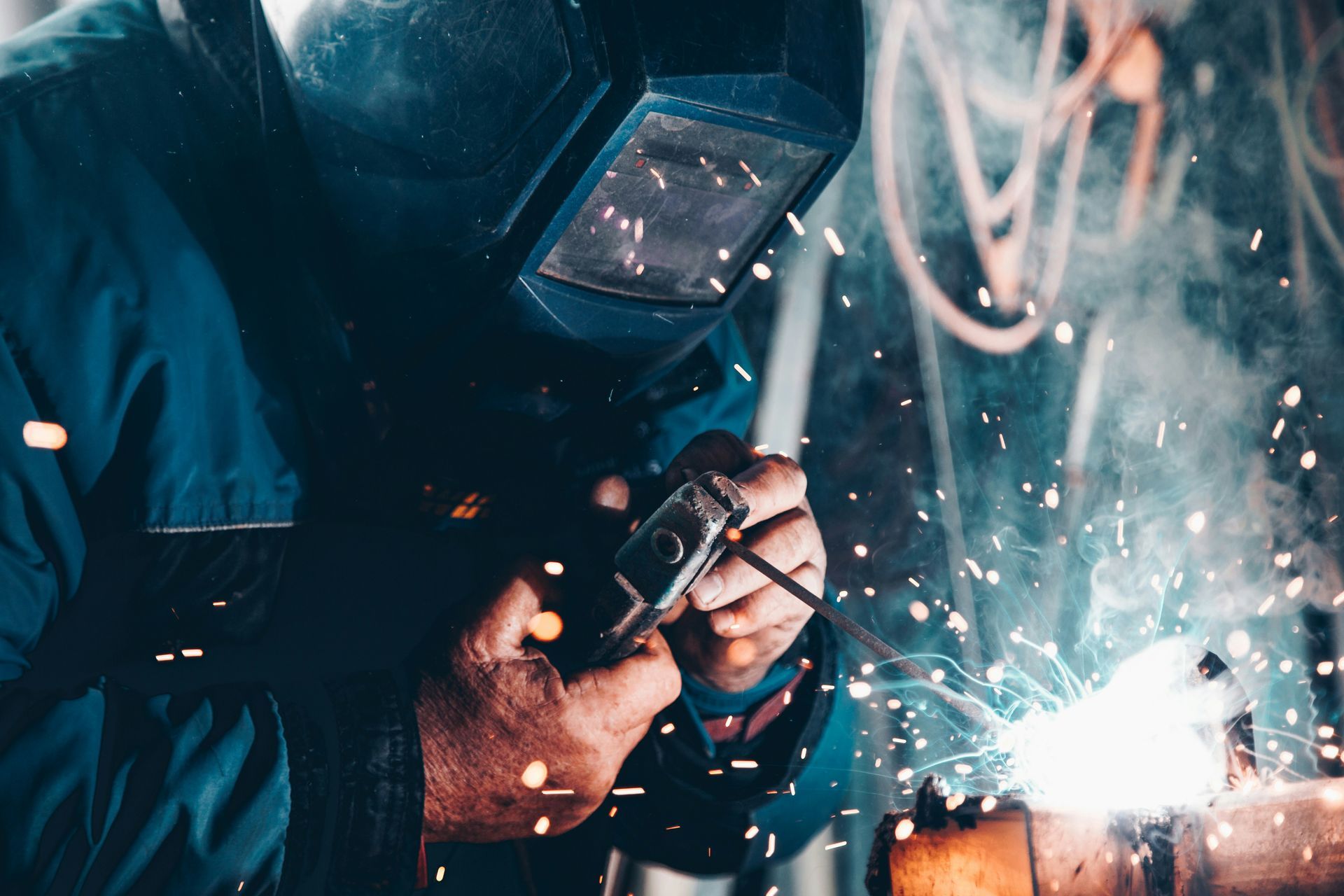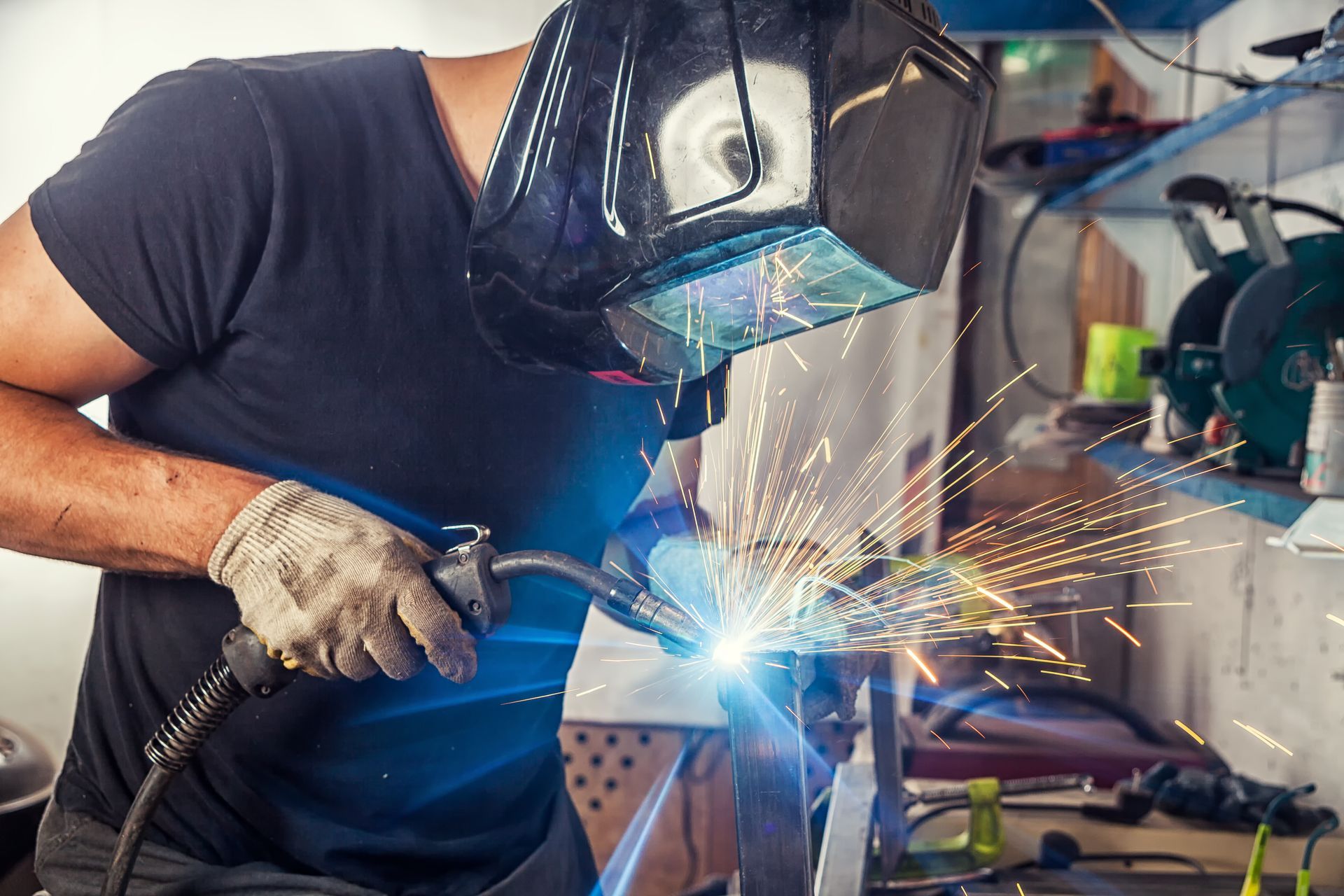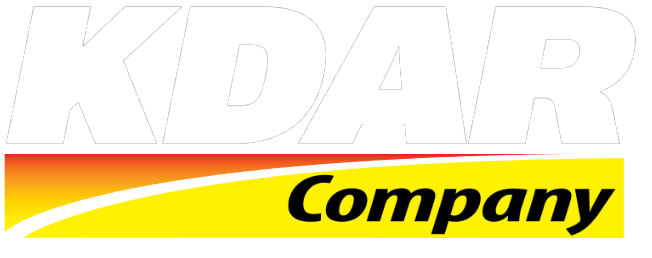The Versatility of Welding: A Backbone of Diverse Industries
Welding, often hailed as the "glue" of industry, is an indispensable process that binds together various sectors, ensuring the structural integrity of everything from skyscrapers to delicate surgical instruments. Its versatility knows no bounds, permeating numerous industries and shaping our world today.
Let's delve into the multifaceted role welding plays across these diverse sectors.
Construction
Welding provides the structural integrity necessary for skyscrapers, ensures the safety of bridges that span great distances, and ensures the resilience of infrastructure enduring various environmental conditions. Welders meticulously join beams, girders, and columns, employing techniques that withstand the forces of gravity, wind, and other activity, thus safeguarding the lives and well-being of those who inhabit these structures.
Automotive
In addition to its role in vehicle assembly, welding contributes to developing innovative automotive designs, such as lightweight materials for enhanced fuel efficiency and electric vehicle components for sustainable transportation solutions. Welding robots, equipped with advanced sensors and programming, work alongside human welders to achieve precision in joining complex geometries and materials, reflecting the evolving landscape of automotive engineering.
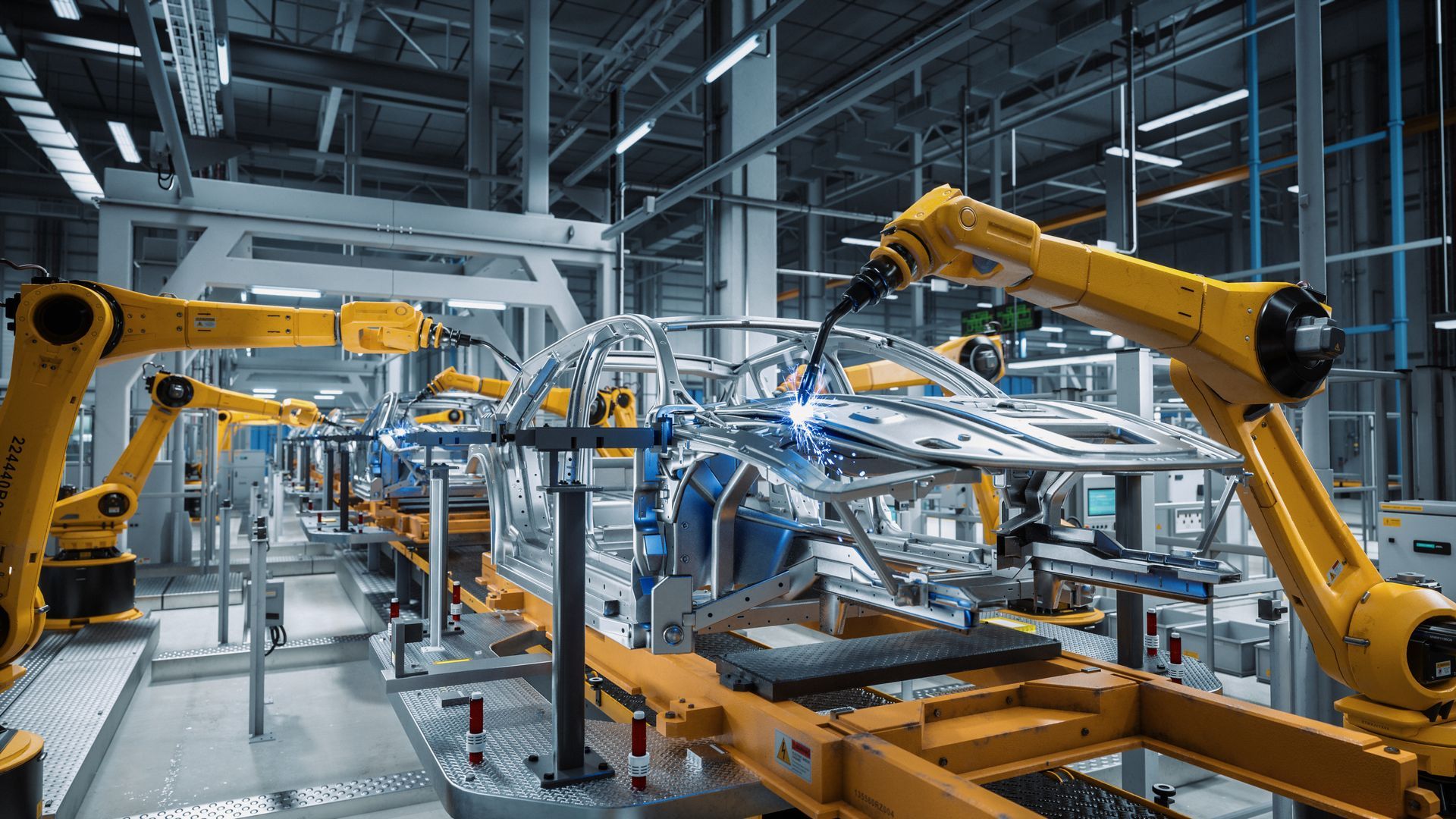
Aerospace
Welding in aerospace extends beyond conventional aircraft to encompass cutting-edge technologies like space exploration vehicles and satellite components. Welders adhere to stringent aerospace standards, conducting meticulous inspections and non-destructive testing to ensure the integrity of weld joints under extreme conditions of temperature, pressure, and vibration encountered during flight.
Manufacturing
In modern manufacturing, welding integrates seamlessly with automation and digital technologies, facilitating agile production processes and customized product designs. Welding engineers leverage computer-aided design (CAD) and simulation software to optimize weld parameters and minimize defects, resulting in higher productivity and cost-effectiveness across diverse industrial sectors.
Energy
Welding is used in energy infrastructure to maintain and repair existing facilities, prolonging their operational lifespan and minimizing environmental impact. Welding innovations contribute to developing next-generation energy systems, such as advanced nuclear reactors and hydrogen fuel cells, driving the transition towards sustainable energy sources and reducing reliance on fossil fuels.
Shipbuilding
Welding techniques in shipbuilding continue to evolve, with advancements in materials science and automation enhancing the efficiency and quality of vessel construction. Welding robots equipped with laser vision systems navigate complex ship structures, ensuring precise weld placement and minimizing distortion in large-scale assemblies, thus improving the seaworthiness and performance of maritime vessels.
Agriculture
In agricultural welding, the emphasis is on adapting techniques to suit the unique challenges of farming environments, such as exposure to corrosive chemicals and rugged terrain. Welding professionals collaborate with agricultural engineers to design equipment that enhances productivity and reduces environmental impact, supporting sustainable farming practices and food security initiatives worldwide.
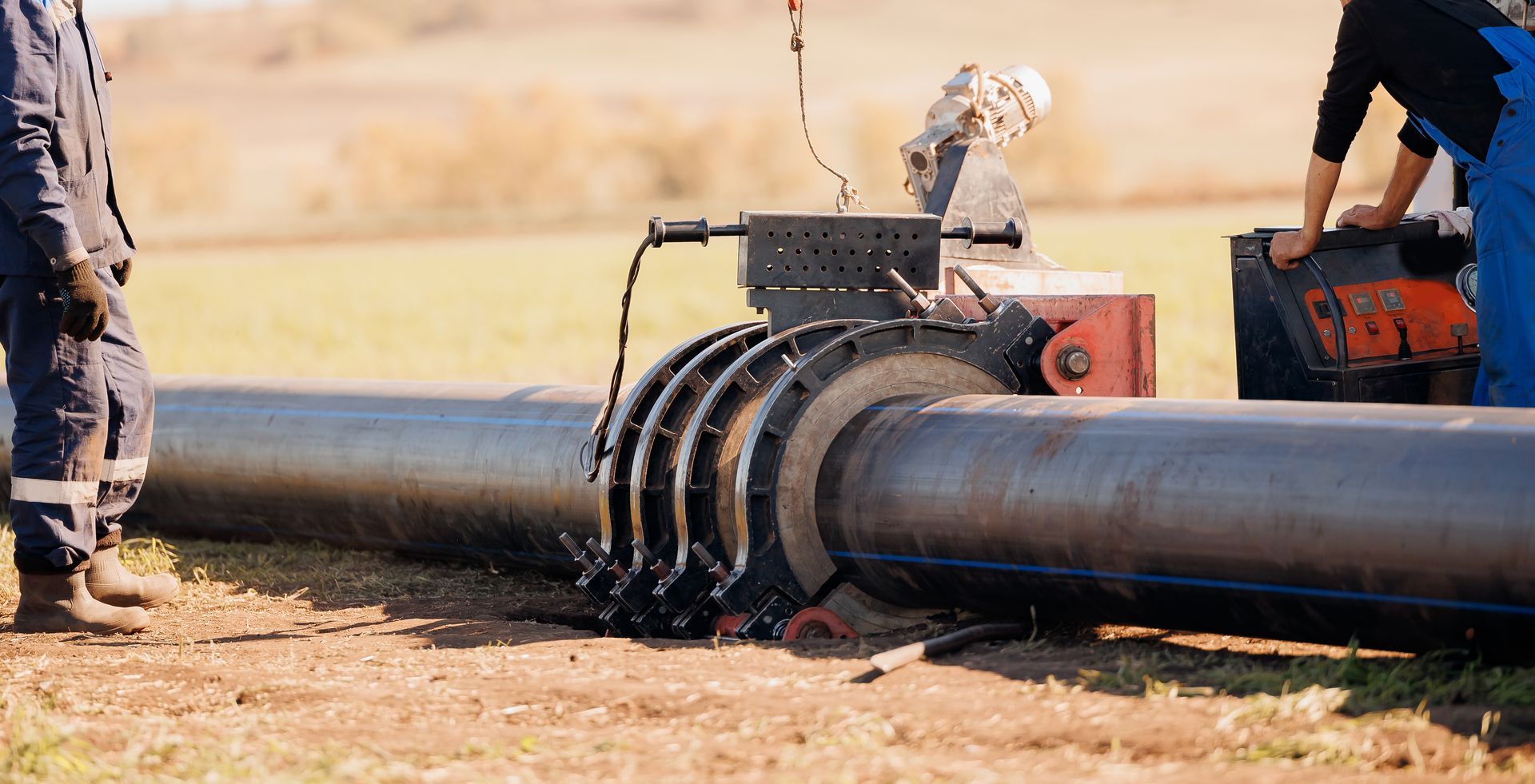
Medical
The role of welding in medical device manufacturing extends to developing implantable devices and minimally invasive surgical tools, where biocompatible materials and precise fabrication techniques are paramount. Welding technologies, such as laser welding and electron beam welding, enable the production of intricate medical components with sub-millimeter accuracy, advancing the frontiers of healthcare innovation and patient care.
Art and Design
Welding as an artistic medium transcends traditional boundaries, embracing diverse styles and techniques to evoke emotion and provoke thought. From abstract sculptures that challenge perceptions to functional installations that harmonize with natural landscapes, welders fuse creativity with craftsmanship to leave a lasting impression on the cultural fabric of society, fostering dialogue and enriching the human experience.
Defense and Security
In defense applications, welding is pivotal in maintaining military readiness and resilience against evolving threats, from ballistic missile defense systems to armored vehicle manufacturing. Welding engineers collaborate with defense contractors to develop materials with enhanced ballistic resistance and stealth capabilities, ensuring the survivability and mission effectiveness of military assets deployed in complex operational environments.
Work with KDAR Company
Welding is a testament to human ingenuity and craftsmanship, permeating virtually every aspect of modern life. From the towering skyscrapers that define our urban landscapes to the intricate machinery that powers our industries, the impact of welding is undeniable. As technology advances and new frontiers emerge, the role of welding will only grow in significance, shaping the future of industries yet to come.
At KDAR Company, we strive to provide welders with the equipment and support they need to do their jobs safely and efficiently, regardless of industry. Contact our support team to learn more!
